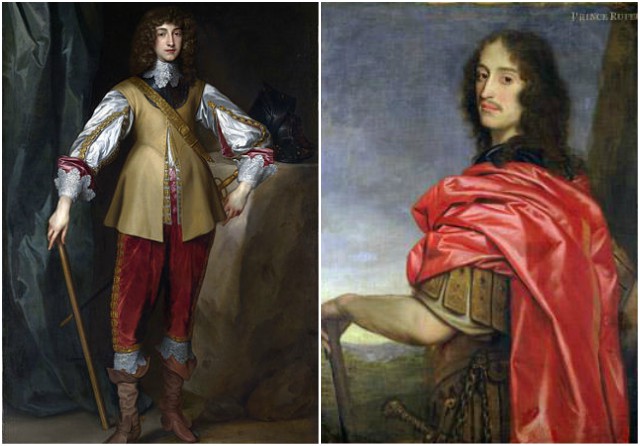Prince Rupert of the Rhine was a favorite of his uncle, King Charles I and one of the most prominent Royalist military commanders in the English Civil War. Rupert was an iconic Royalist cavalier whose fearlessness in battle and military knowledge made his enemies believe he had supernatural powers.
Born on 17 December 1619 in Prague, Prince Rupert was the third son of Frederick V and his wife Elizabeth Stuart, daughter of James I of England and sister of King Charles I.
His parents were crowned King and Queen of Bohemia just six weeks before Rupert was born, but after Frederick V was defeated at the Battle of White Mountain, his family was forced to flee to the Netherlands, where Prince Rupert spent his early years.
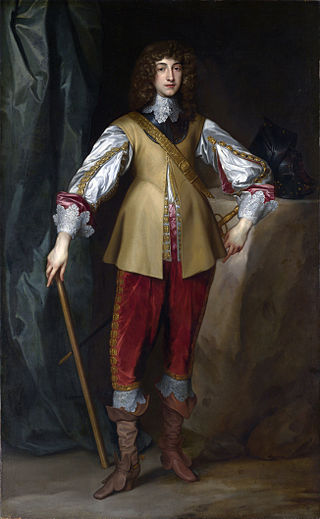
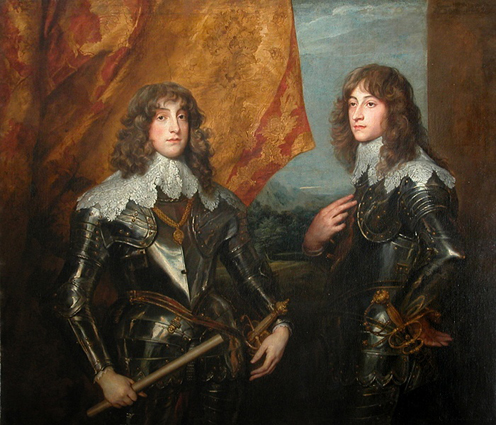
He was a stubborn and an incredibly self-willed child, but he was also brilliant. Even in his early years, he learned all the major European languages, including English, French, German and Czech and was particularly interested in science and art.
At the age of 13, his father died, and the following year Rupert became a soldier, serving as a military lifeguard to Prince Frederick who was fighting at the siege of Rheinberg. In 1637, he went on to fight against imperial Spain at Breda, during the Eighty Years’ War, where he earned his reputation for fearlessness. In between the campaigns in Rheinberg and Breda, he traveled to England, and besides the fact that he was only 16-years-old he managed to impress his uncle, King Charles I and soon became his favorite.
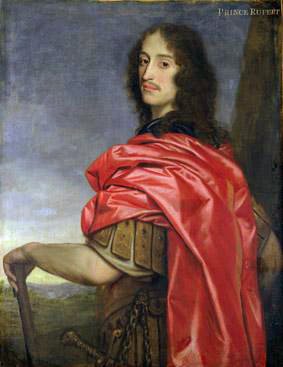
On his return from England, he joined Charles Louis in an invasion of Westphalia, and after the defeat at the Battle of Vlotho, in October 1638, he was captured by the Holy Roman Emperor’s forces, and imprisoned in Linz, Austria, for three years. He spent the three years in Linz playing tennis and studying military textbooks before he was released on the promise that he would never again take up arms against the Emperor Ferdinand III.
Rupert’s next destination was back to England where he would continue his military career. It was August 1642, just before the outbreak of the English Civil War, when Rupert and his brother Prince Maurice arrived in England. He was only 23-years-old when King Charles I appointed him commander of the King’s cavalry and would seem the King made the right decision as Rupert went on to become the most successful of King Charles I’s generals.
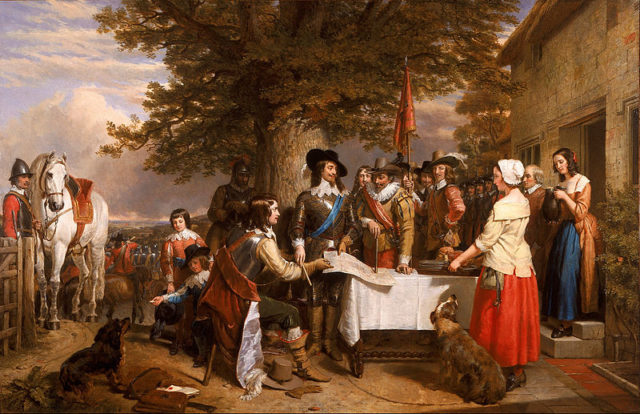
The charismatic commander of the King’s cavalry achieved a series of victories at the beginning, including Powick Bridge (1642), Edgehill and Bristol (1643) and proved himself to be a brilliant tactician. He had the power to inspire his men, and his potential didn’t go unnoticed by King Charles I, who appointed him the Captain-General of the Royalist army in 1644.
Rupert’s best personal triumph in the civil war was the Relief of Newark. Sir John Meldrum led the Parliamentarian forces, but his long military experience and knowledge were not enough to confront Rupert’s rapid march. The Parliamentarian force was superior in numbers, but Rupert managed to defeat Meldrum who was forced to ask for terms of surrender.
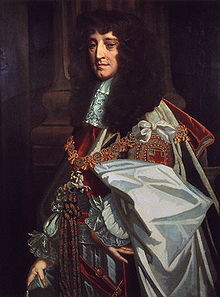
However, one year later, Rupert had no choice and surrendered Bristol to the Parliamentarians and King Charles I abruptly dismissed him from his command, and in July 1646 he and his brother were banished by Parliament from England. He took charge of a squadron of Royalist ships and became a royalist pirate harassing the Parliamentarian shipping in the English Channel.
Following the Restoration of Charles II in 1660 Rupert returned to England and took part in the Second Anglo-Dutch War and the Third Anglo-Dutch War. In 1670 he became the first governor of the Hudson’s Bay Company and was awarded a pension of £4,000 a year by Charles II.
Read another story from us: King Charles II of Navarre was burnt alive by accident
One interesting fact about Prince Rupert of the Rhine is that he was the person who introduced the art of mezzotint printmaking into England and became a founding member of the Royal Society.
Prince Rupert never married but left two illegitimate children. He died on 29 November 1682 at his house at Spring Gardens after a bout of pleurisy.
